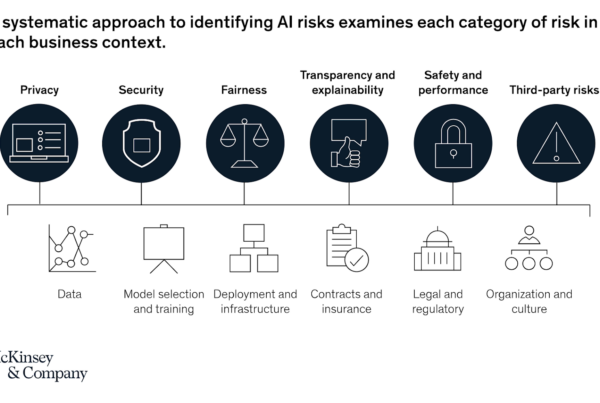Underpinned by social transformation around diversity, equity, and inclusion, cultural innovation, and social entrepreneurship, public and private corporations are giving more consideration to each and every stakeholder by seeking new frameworks and communicating with greater transparency. This way of walking-the-talk has an evaluation standard, which is called an “ESG score.”
An Environmental, Social, and Governance (ESG) score compares non-financial factors in a corporation’s sustainability performance. Many of these ratings are compiled by third-party providers. Stakeholders give great consideration to a company’s ESG score, as a higher score is typically an indicator of more transparency and information availability, as well as meeting a certain set of ESG standards. Several years ago it was an emerging “fluency” and now it is a benchmark.
 Here’s a quick list of common ESG disclosures:
Here’s a quick list of common ESG disclosures:
- Environmental includes greenhouse gas emissions, water usage, waste disposal, etc.
- Social includes diversity, labor relations, product safety, employee health and safety, community development, etc.
- Governance includes ethics, board diversity, and composition, shareholder rights, supply chain engagement, etc.
“A number of common practices providing standardization and transparency have emerged and will continue to evolve, and rating agencies have developed common frameworks and have enough data to track and compare companies,” write Silda Wall Spitzer and John Mandyck. This includes training resources, including web-based tools, conferences, consultants, and in-house staff. This large and evolving knowledge-base exists for management and corporate board education and betterment.
What It Takes to Excel Your ESG Score
Investors Business Daily ranks top ESG-rated companies, based on data from Q3 and Q4 of 2020: 1. Nvidia, 2. Pool, 3. Salesforce.com, 4. West Pharmaceutical Services, and 5. Vertex Pharmaceuticals.
What makes the Santa Clara tech giant’s ESG score so good? It is a leader in managing significant ESG risks and opportunities. “Nvidia continuously looks for innovative ways to improve lives with technology. And we’re committed to championing that mission in a socially responsible way that helps us all live safer, longer, and better,” said the company in a corporate social responsibility statement.
They back this up with a commitment to source 65% renewable energy globally by 2025 and reduce their GPUs to 1/25th of the footprint of traditional hyper-scale data centers. Nvidia frequently posts reports and reviews about progress, people, and community initiatives to build equity and social responsibility.
Nvidia’s sustainability performance is a AAA level that can and should inspire other boards to put policy into action around ESG and understand its effects on shareholder and enterprise value. By turning priorities to social transformation and environmental sustainability, boards can find strategic opportunities to participate, as well as evaluate risks that Spitzer and Mandyck describe as, “material to their company’s ongoing performance and enterprise value.”







